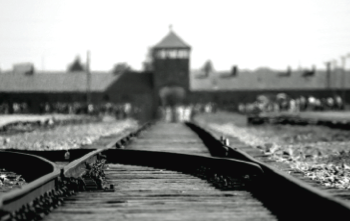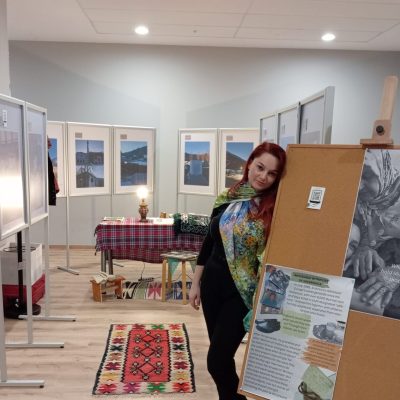Article
 The “Memory Atlas” project was conceived in response to widespread genocide denial and amid efforts to secure a United Nations resolution condemning denial of the Srebrenica genocide. Against this backdrop, the project sought to document and raise awareness of memorials dedicated to the victims of the 1992–1995 Bosnian war. It aimed to foster community engagement, promote a sense of shared responsibility, and inspire positive societal change by encouraging active participation in memorialization.
The “Memory Atlas” project was conceived in response to widespread genocide denial and amid efforts to secure a United Nations resolution condemning denial of the Srebrenica genocide. Against this backdrop, the project sought to document and raise awareness of memorials dedicated to the victims of the 1992–1995 Bosnian war. It aimed to foster community engagement, promote a sense of shared responsibility, and inspire positive societal change by encouraging active participation in memorialization.
The project team – Dženana Osmanović, Dženisa Joldić, Ema Beganović, and Lejla Joldić, developed an interactive map that categorized sites across Bosnia and Herzegovina into three key groups: memorials to civilian victims, locations that glorify war criminals, and sites of commemorative events. This classification allowed for a nuanced analysis of memorialization practices and a stark comparison between sites honoring victims and those promoting divisive narratives. Additionally, the team produced a brochure showcasing 77 memorials and events honoring civilian war victims, furthering public accessibility to this important information.
Project Objectives
- To emphasize the significance of memorial sites tied to all national groups affected by the conflict, supporting Bosnia and Herzegovina’s journey beyond a war-centric narrative towards a focus on progress and reconciliation;
- To educate citizens about the distribution and significance of these memorials, especially highlighting the troubling proximity of war memorials to sites that glorify war criminals.
 To engage the community further, the project team hosted a panel discussion on memorialization at the Multimedia Cultural Center on Monday, September 2, 2024. The panel featured HIA Senior Fellow Kerim Hodžić, Enes Hodžić from the Balkan Investigative Reporting Network (BIRN), and Erna Mačkić from the Post-Conflict Research Center. Throughout the project, the team gathered data on commemorative events, buildings, monuments, and sites glorifying war criminals across Bosnia and Herzegovina, working with a graphic designer to visually capture these sites on the map. Through these efforts, “Memory Atlas” created a compelling and accessible tool for understanding the complex landscape of memorialization in Bosnia and Herzegovina.
To engage the community further, the project team hosted a panel discussion on memorialization at the Multimedia Cultural Center on Monday, September 2, 2024. The panel featured HIA Senior Fellow Kerim Hodžić, Enes Hodžić from the Balkan Investigative Reporting Network (BIRN), and Erna Mačkić from the Post-Conflict Research Center. Throughout the project, the team gathered data on commemorative events, buildings, monuments, and sites glorifying war criminals across Bosnia and Herzegovina, working with a graphic designer to visually capture these sites on the map. Through these efforts, “Memory Atlas” created a compelling and accessible tool for understanding the complex landscape of memorialization in Bosnia and Herzegovina.




